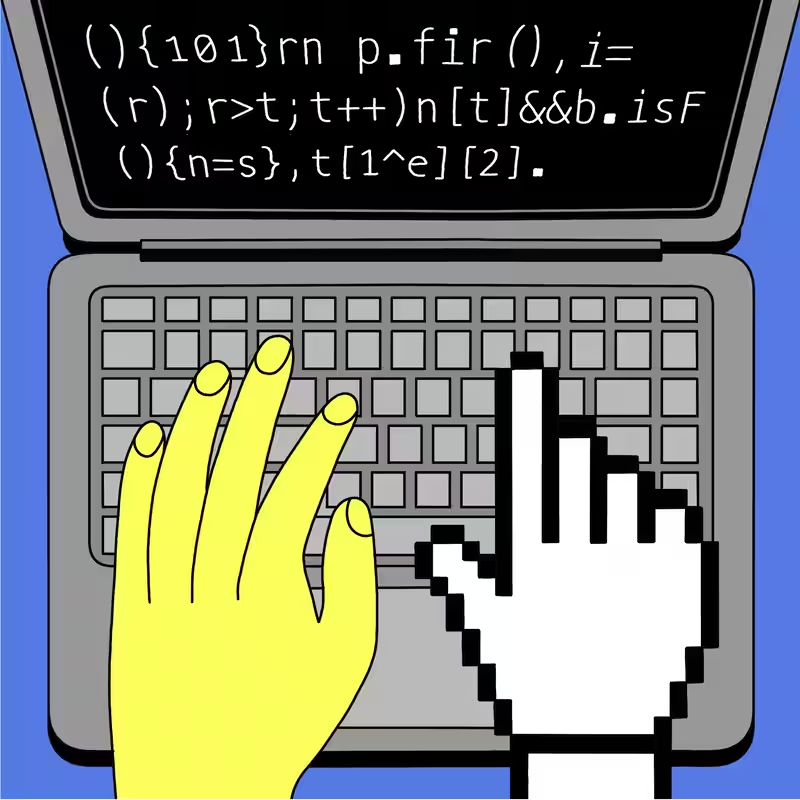The era of needing a computer science degree to build an app may be over. Enter vibecoding, a revolutionary AI-driven approach that’s turning anyone with an idea into a potential developer. But is it all smooth sailing, or are there hidden costs to this coding-by-vibe revolution?
What Exactly is Vibecoding?
Vibecoding is an intuitive, AI-first approach to software development where developers “steer” the output of large language models through natural language prompts instead of writing traditional code . Coined in early 2025 by AI pioneer Andrej Karpathy, the term describes a process where you essentially surrender to the creative flow—or “vibes”—of your AI assistant [[2], [8]].
Instead of wrestling with syntax and debugging for hours, you simply describe what you want your app to do. For example, you might prompt: “Create a mobile app that tracks my water intake and sends me friendly reminders.” The AI then generates the necessary code, handles the structure, and even suggests design elements.
How Vibecoding is Democratizing App Development
This paradigm shift is making technology creation more accessible than ever. Small business owners, artists, and educators who previously saw coding as an impenetrable fortress can now prototype and launch functional applications with minimal technical know-how .
Key benefits include:
- Speed: Projects that took weeks can now be prototyped in hours.
- Lower Barrier to Entry: No need to memorize programming languages.
- Enhanced Creativity: Focus shifts from technical execution to problem-solving and user experience.
The Trade-Offs: Why Vibecoding Isn’t Magic
While the promise is alluring, vibecoding comes with significant caveats. The New York Times recently highlighted that relying on AI as a collaborator introduces new challenges around code quality, security, and maintainability [[NYT]].
Here’s a quick breakdown of the pros and cons:
| Pros | Cons |
|---|---|
| Rapid prototyping | Generated code can be inefficient or bloated |
| Accessible to non-coders | Potential security vulnerabilities from unvetted code |
| Focus on high-level ideas | Difficulty in debugging or modifying AI-generated code |
| Reduces initial development costs | Lack of deep understanding of the underlying system |
Experts warn that while vibecoding is a powerful tool, it shouldn’t replace foundational coding knowledge entirely. It’s best used as a collaborator, not a crutch .
The Future of Software Development
Vibecoding represents a fundamental shift in the developer’s role—from a meticulous craftsman to a visionary director. The focus is moving from writing every line of code to clearly articulating the desired outcome and guiding the AI effectively .
As the technology matures, we can expect more sophisticated AI agents that can handle complex, full-stack applications with greater reliability . However, the human element—critical thinking, ethical considerations, and creative direction—will remain irreplaceable.




